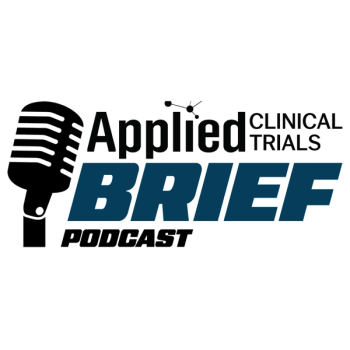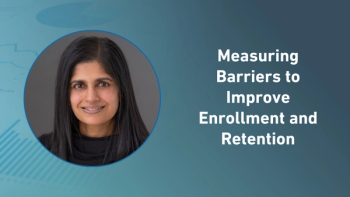
How Flexible Site Models Can Cut Recruitment Costs and Timelines
In this video interview, Caroline Potts, general manager of sites and patient services at Medical Research Network (MRN), highlights how listening to site insights and adopting flexible models such as temporary community-based clinics, can reduce patient travel burdens, improve enrollment efficiency, and stretch trial budgets further.
In a recent video interview Applied Clinical Trials,
ACT: Given that up to 30% of a trial’s
Potts: I think there's a couple of things that I wanted to mention in relation to that. The first is, listen to what your site is telling you. Listen to the patient population that you're looking to reach out to. The site will know their patients better than anyone else. The sponsor and the CRO might know the condition more, they might know the science more, they will certainly know the study better, but the trial sites, you can't get away from the fact that the trial sites know their patients very, very well, and have probably had very lengthy relationships looking after the patients in their community. They will know what the bus schedule is. They will know that patients who live in one end of town, it's going to take perhaps two changes of bus and walking and leaving a really early or late part of the day in order to get to take part in a trial. All of those things matter, so allow the site an opportunity to voice what they think will work.
Then also, when is a site not a site? What about if we really did see patients in their community, what if we were to have a more temporary model of clinic sites in a community that is perhaps in the town hall, that is perhaps in the sports center? Actually, what it means is that everything that is familiar to that community remains in the community. There is still a link with the site and the site team that the patient has always had contact with, but actually it means that they don't have to make that long bus journey, that they don't have to think about carers or having childcare provision or taking time out of work. What about if we really took the trial to the community and were able to set up in that environment? It certainly helps the study budget to go further, and actually, what you find is that patients do like the idea of just being seen in their locality. We live in an age where you can press a button and coffee is delivered, or food is delivered, or whatever your heart desires can be delivered the next day. It's asking a lot now for patients to sign up to something that potentially is two or three years in length and means that they have long distances to travel and long days away from home when that not might not be the easiest thing for them to do.
Newsletter
Stay current in clinical research with Applied Clinical Trials, providing expert insights, regulatory updates, and practical strategies for successful clinical trial design and execution.



